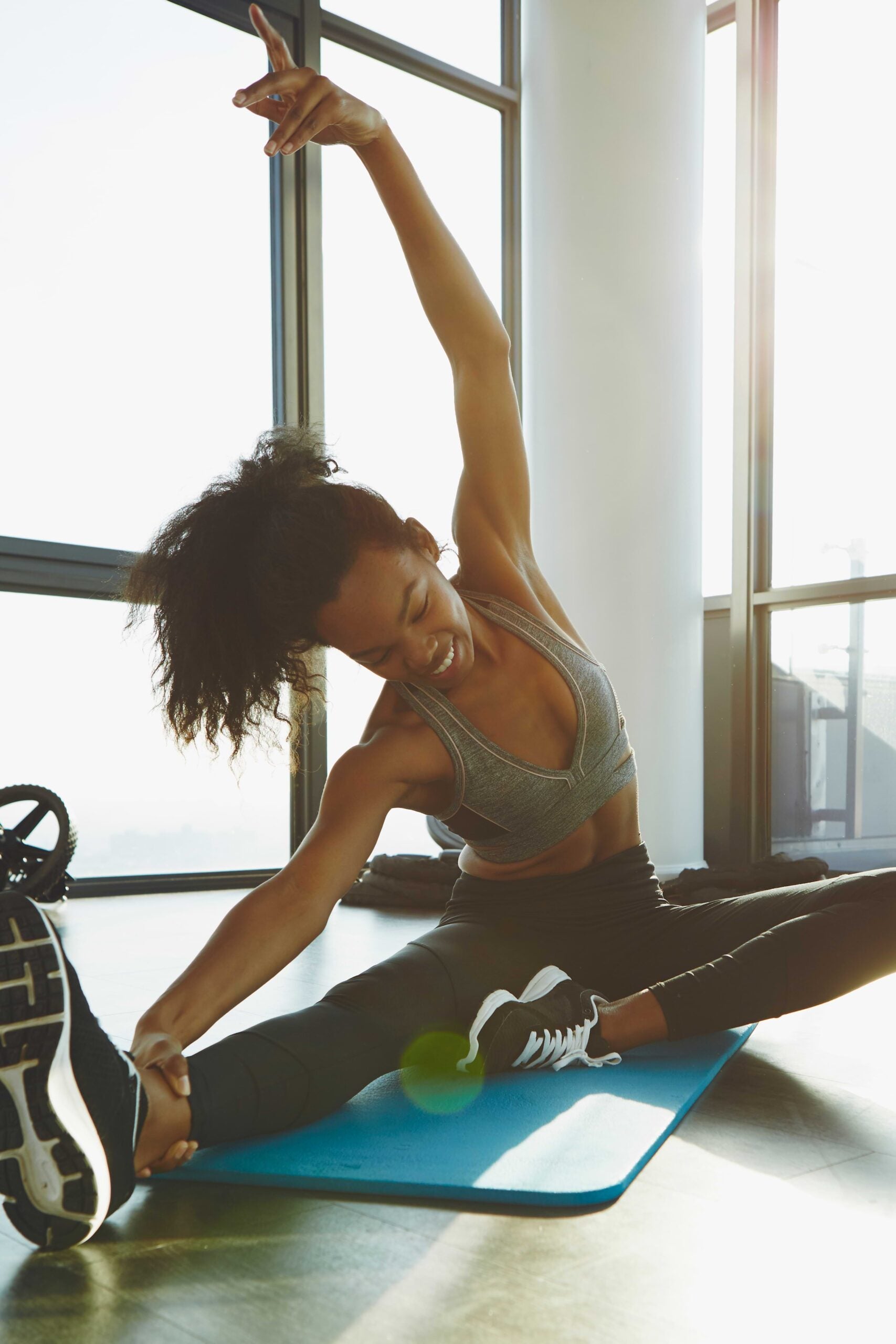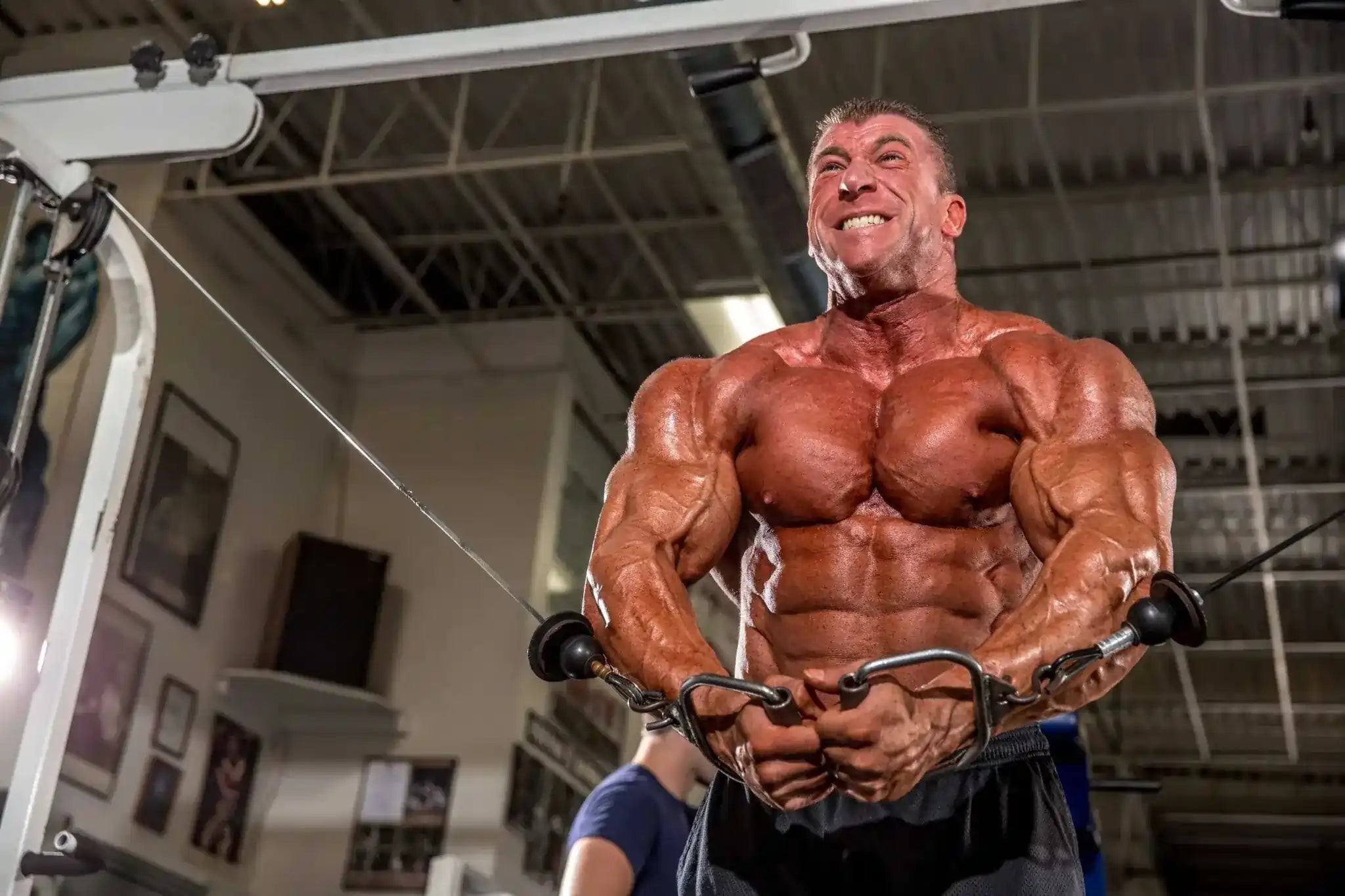Back pain is the
single leading cause of disability in America. It most frequently stems from poor posture, overuse, and strain. To prevent back problems, make your posterior chain stronger. You can do this by perfecting compound exercises that target different back muscles, such as rack pulls. What are rack pulls? How can they benefit my body? How can I safely execute a rack pull? We have answered all of your questions below. Let’s explore.
How to Perform Rack Pulls
Rack pulls are a type of compound exercise. They recruit multiple muscle groups and joints, which leads to full-body benefits. Rack pulls have a smaller range of motion than
conventional deadlifts. The weight is lifted from the knees instead of the ground.
How to do Rack Pulls
For rack pulls, you need a barbell and power rack. The range of motion during a rack pull is smaller than regular deadlifts, so experienced lifters can go heavier than what they would normally use for a deadlift. Beginners should always start light. There are three heights to choose from on your power rack:
- Below the knee
- At knee-level
- Two inches above the knee
The different positions affect the difficulty as well as which muscles are worked.
Setting Your Stance
While in your stance, picture your feet spreading the floor apart and keep your knees slightly bent for stabilization and support. Push your hips backward. Lean forward over the barbell, brace your core, and look straight ahead. This stance is powerful and should prevent your back from curving. When you are ready, mount a firm overhand grip on the bar. Your hands should be shoulder-width apart or a thumb’s distance from the center of the bar.
Performing the Move
Once your stance is stable, execute the exercise. Slowly drive your hips forward and straighten your knees. As you move, lift the bar and move your shoulders back. Keep your lats tight. This allows for better bar control. Do not overextend by driving your hips too far forward. When you reach the top position, squeeze your glutes to stabilize the hips. Try to pause and hold the stance for a brief moment. Lower the barbell back onto the power rack. Move your hips backward and pull your shoulders forward. End with a soft bend in the knees and a flat back.
Determining Your Reps
Lifters who want to maximize back strength should aim for six sets of four to six reps. For those focusing on muscle definition and building lean muscle, try doing a high number of reps with a moderate amount of weight. If you are trying to bulk in muscle size, aim for five sets of six to ten reps with a moderately heavy load. Or max out with four sets of 10 to 14 reps with 90-second breaks in between.
Rack Pull Benefits
Rack pulls increase strength, especially in the back, hips, wrists, and hands. They start higher off the ground than a standard deadlift, so lifters can load their barbells without risking an injury.
Posterior Chain
Rack pulls target the glutes, hamstrings, quadriceps, and lower back. Challenging these large muscle groups allows for better muscle definition, and strength. Rack pulls have a limited range of motion. The movement focuses on the glutes (hips). Keeping the hips low during the exercise ensures the quads stay engaged.
Grip Strength
We rely on our grip mobility to help us perform daily tasks. But for men, in particular,
grip strength begins to decline after the age of 55. A heavy barbell when performing a rack pull helps you maintain a powerful grip. The exercise allows lifters to execute more weight from a partial range of motion, which increases how much load the wrists and hands can handle.
Trapezius and Upper Back
Muscle hypertrophy is more significant when performing a rack pull than a deadlift. During a rack pull,
the trapezius and upper body muscles stay tense. The exercise focuses on working the back muscles while they lift the heavy load.
Compound Exercises FAQ
It’s normal to have questions about rack pulls, injury prevention, and compound exercises. We have provided answers to a few common questions below.
What Are the Benefits of Compound Exercises?
Compound exercises use a variety of muscle groups to produce results. The movements elevate the heart rate faster than isolation moves, which helps burn more calories. Compound exercises also enhance flexibility, intramuscular coordination, and muscle mass.
What Are Other Compound Exercises I Can Try?
Squats are one example of a popular compound exercise. They target the glutes, calves, and quads, and can be performed using a barbell, weighted plate(s), or body weight. If you are looking for a compound exercise targeting the upper body, try an overhead press. This exercise improves the shoulder, tricep, trapezius, and core muscles. Other examples of compound exercises include barbell rows,
bench presses, pull-ups, and clean and press.
What Are Common Rack Pull Mistakes?
Don’t head straight to the power rack the moment you step into the gym. Injuries occur when you jump into heavy lifting without warming up your muscles first. Brace your core while performing a rack pull. Take a deep breath before each rep and hold it in tightly. This is called the
Valsalva Maneuver, and it ensures your back stays straight throughout the exercise. Always squeeze your glutes to ensure the hips completely extend. If you cannot perform the motion without locking your knees, try reducing your weight.
Fuel Your Workouts
Rack pulls and compound exercises lead to full-body benefits. From your glutes to your traps, executing rack pulls creates a stronger body and a more powerful deadlift. As you power through your workouts, don’t forget to refuel your muscles. ALLMAX provides a variety of high-quality performance products for athletes and lifters. Sign up for
our VIP membership and get access to our company’s top-notch workout products, gear, and events.



